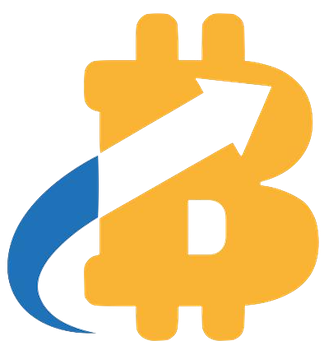In a pivotal moment for digital asset enthusiasts, the Senate has confirmed Michelle “Miki” Bowman as the Vice Chair for Supervision at the Federal Reserve, a decision hailed by Senator Cynthia Lummis as a “turning point” in regulatory approach. This confirmation, achieved by a slender 48-46 majority, signifies more than just a staff appointment; it reflects a burgeoning willingness within U.S. regulators to embrace cryptocurrencies and related technologies—an industry long shackled by ambiguity and skepticism. Are we truly on the verge of a regulatory renaissance?
A Voice for Evidence-Based Regulation
One of the most remarkable elements of Bowman’s confirmation is her commitment to evidence-based regulation—a refreshing stance that contrasts sharply with the often politically driven narratives that have characterized discussions around digital assets in the past. Lummis’s endorsement encapsulates a vision where regulatory frameworks are built on facts and technological advancements rather than fear-mongering or ideological biases. This could mean that under Bowman’s guidance, the Federal Reserve might prioritize rational discourse and data-driven policies aimed at nurturing technological innovations.
Impact on Financial Institutions
Bowman’s experience on the Fed as a Governor since 2018 lends her deep insights into how traditional banking operations intersect with innovative technologies. During her confirmation hearings, she underscored the necessity for U.S. banks to adapt to remain competitive globally. This is not trivial; banks that fail to integrate emerging technologies will inevitably lose ground to international counterparts willing to explore the digital landscape. Bowman’s potential to reshape how banks interact with crypto firms and stablecoin issuers could facilitate a more integrated financial marketplace where innovation thrives rather than languishes in regulatory limbo.
Crypto Advocates’ Last Stand?
The cryptocurrency sector is increasingly rallying around Bowman as a beacon of hope, with industry leaders such as the Crypto Council for Innovation expressing support based on her understanding of community banking and tech. Under Bowman’s leadership, there is a strong sentiment that we may finally see the regulatory clarity and consistency that the crypto industry desperately needs. The community has often felt overlooked as regulations appeared reactionary and inconsistent; this change could reestablish trust between stakeholders and federal institutions.
Critical Decisions Ahead
While the Federal Reserve does not exert direct control over cryptocurrencies, its influence on how banks can engage with digital assets is monumental. As Vice Chair, Bowman’s decisions around bank participation in custody and settlement services could redefine the operational landscape for numerous fintech firms. It’s vital that her term pushes for a regulatory environment that favors innovation while also safeguarding the interests of consumers. Striking this balance is crucial, as over-regulation could stifle growth, but under-regulation might expose the economy to significant risks.
The Wider Crypto Landscape
Bowman’s confirmation comes at a time when Congress is vigorously exploring legislative solutions to address the numerous regulatory gaps in the crypto sector, from stablecoins to overall digital asset market structure. These discussions often feel like a legislative tug-of-war, peppered with pressures from various interest groups. With Bowman in an influential position, the hope is that her guidance will create a more structured framework, easing the path for broader adoption of digital assets in mainstream finance.
A Silver Lining in the Cloud of Regulation
Yes, the crypto sector has faced its fair share of regulatory challenges, but Bowman’s appointment injects a sense of optimism that the central bank might engage more proactively with the digital asset ecosystem. Advocates are right to hope for a policy approach that harmonizes innovation with rigor, allowing America to reclaim its competitive edge in a digital future. The question now remains—are we ready to fully embrace the potential that lies in this new regulatory landscape, or will we hesitate in the shadow of doubt and distrust?



















Leave a Reply